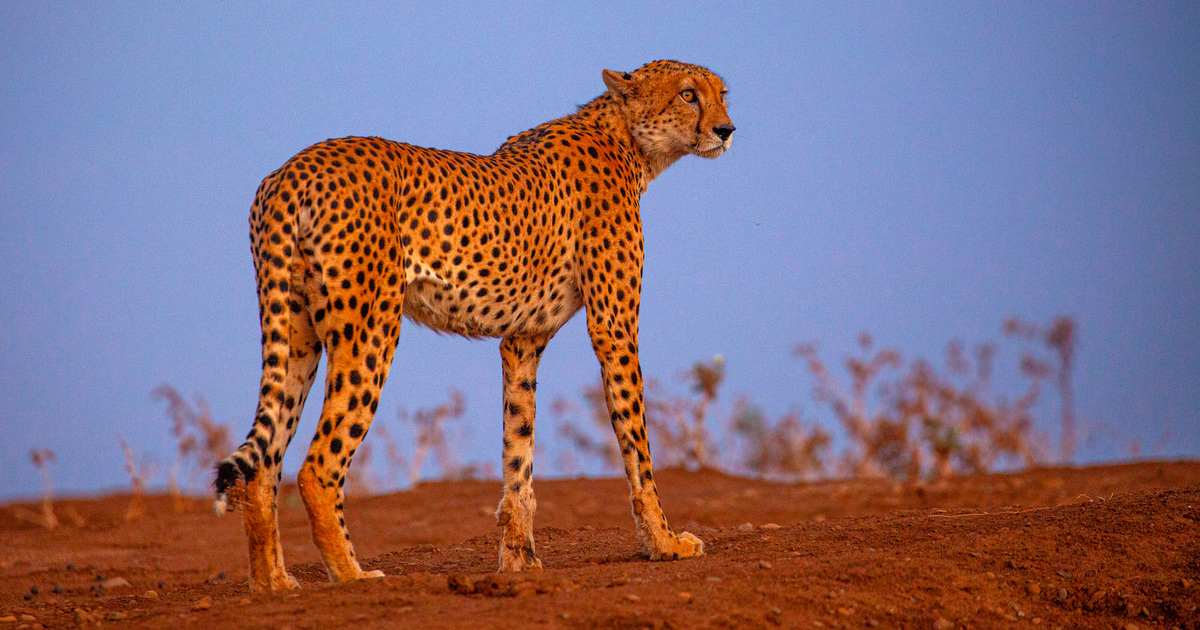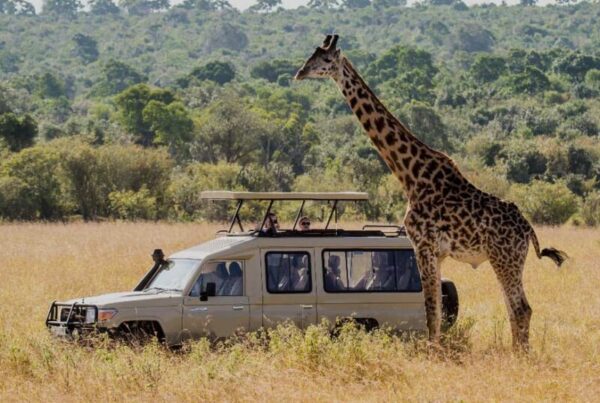5 Fascinating Facts About the Cheetah
Sleek, graceful, and built for breathtaking speed, the cheetah is one of the most iconic and admired animals on the African continent. But beyond its reputation as the fastest land animal, there’s a world of complexity and wonder hidden beneath those spotted coats.
In this article, we unveil five captivating and lesser-known facts about the cheetah, a predator whose biology, behavior, and beauty continue to fascinate scientists and safari travelers alike. Whether you’re planning your first African adventure or you’re a seasoned wildlife enthusiast, these insights will deepen your understanding of this extraordinary feline.
1. The Fastest Land Animal—But Only in Short Bursts
Everyone knows the cheetah is the speed king of the savannah. But few understand the full dynamics of its speed. Cheetahs can reach speeds of up to 112 km/h (70 mph), but they can only maintain this velocity for about 20 to 30 seconds before overheating.
This explosive speed is powered by a combination of biological adaptations, including:
- A lightweight frame and slender build
- Enlarged nasal passages and lungs for high oxygen intake
- Powerful, fast-twitch muscles for rapid acceleration
- A long, muscular tail that acts as a rudder during sharp turns
But speed comes at a cost. After each high-speed chase, a cheetah must rest for up to 30 minutes to avoid exhaustion and potential collapse. This delicate balance between explosive power and vulnerability makes cheetahs one of the most specialized and fragile predators in Africa.
2. Unlike Other Big Cats, Cheetahs Cannot Roar
While lions roar and leopards growl, cheetahs are relatively quiet in the feline world. Instead of roaring, they produce a range of unique sounds, including:
- Chirps: Used by mothers to call cubs or by siblings to find each other
- Purrs: Typically during contentment, especially while grooming or resting
- Hisses and growls: Defensive sounds used when threatened
The reason for this lies in the cheetah’s vocal anatomy. Unlike other big cats, cheetahs lack the specialized hyoid bone structure necessary to roar. Instead, their vocalizations reflect their more solitary and secretive lifestyle—designed for close communication rather than dominance displays.
These subtle vocal cues are part of the cheetah’s evolutionary divergence from the roaring big cats and offer fascinating insights into their behavior and ecology.
3. Cheetahs Are Daytime Hunters (Facts About the Cheetah)
Most African predators—like lions, leopards, and hyenas—prefer the cover of darkness to hunt. Cheetahs, on the other hand, are primarily diurnal, meaning they hunt during daylight hours, especially early mornings and late afternoons.
This behavior gives them a competitive edge. By avoiding nocturnal hunting hours, cheetahs reduce direct competition with more powerful carnivores. But it also exposes them to unique challenges:
- They must rely heavily on keen eyesight and stealth
- They risk their kills being stolen by hyenas or lions, who often follow them
- They require open terrain like savannahs or grasslands for visibility and acceleration
These daylight hunting habits offer an exceptional opportunity for safari-goers, who are more likely to observe an actual hunt during daytime game drives. Witnessing a cheetah’s pursuit of prey is among the most breathtaking wildlife encounters in Africa.
4. They Face an Uphill Battle for Survival
Despite their prowess, cheetahs are among Africa’s most endangered big cats. Current estimates suggest there are fewer than 7,100 cheetahs left in the wild, primarily spread across fragmented pockets in sub-Saharan Africa.
Several critical factors contribute to their vulnerability:
- Habitat Loss: Expanding agriculture and human settlements reduce the open landscapes cheetahs require
- Genetic Bottleneck: Cheetahs have extremely low genetic diversity, making them susceptible to disease and poor reproduction
- Conflict with Humans: Livestock farmers sometimes kill cheetahs in retaliation for predation
- Predator Pressure: Lions, leopards, and hyenas often kill cubs and steal kills
Conservationists are working tirelessly through habitat restoration, breeding programs, and community-based conservation to protect this iconic species. Every safari visit that supports responsible tourism contributes to their future.
5. Each Cheetah’s Spot Pattern Is Unique
Much like human fingerprints, a cheetah’s spots are entirely unique to the individual. Covering most of the body and even the tail, these solid black spots are more than just beautiful—they serve multiple functions.
From an ecological perspective, spots help break up the outline of the cheetah’s body, acting as camouflage in tall grasses and dry savannah. Biologists also use these spot patterns to:
- Identify and track individuals in the wild
- Monitor family groups and reproduction
- Study cheetah movements and survival rates
In addition to their signature spots, cheetahs have distinctive black tear lines that run from the eyes to the mouth. These markings reduce sun glare and help focus vision—similar to how athletes wear eye black.
Each cheetah is truly one of a kind, not just in appearance but in story and survival.
See the Cheetah in Its Natural Habitat
The cheetah represents a perfect balance of speed, elegance, and evolutionary finesse. But it also stands as a fragile emblem of Africa’s natural heritage, deeply threatened by human encroachment and ecological pressures.
If you’ve ever dreamed of seeing a cheetah sprint across the plains or hearing their chirps echo at dusk, now is the time. There’s nothing quite like observing this majestic animal in the wild—an experience that stirs wonder, respect, and a deeper connection to nature.
For a truly unforgettable safari experience, we recommend booking your African wildlife adventure with WildHorn Africa. Their expert guides, sustainable practices, and immersive itineraries offer the perfect gateway to explore Africa’s iconic landscapes and rare species—especially the elusive cheetah.
Book Your Safari with WildHorn Africa Today
Facts About the Cheetah #Facts About the Cheetah Facts About the Cheetah





 WildHorn Africa – Authentic and unforgettable tours across Africa, guided by local experts who know the land, wildlife, and culture best.
WildHorn Africa – Authentic and unforgettable tours across Africa, guided by local experts who know the land, wildlife, and culture best.


